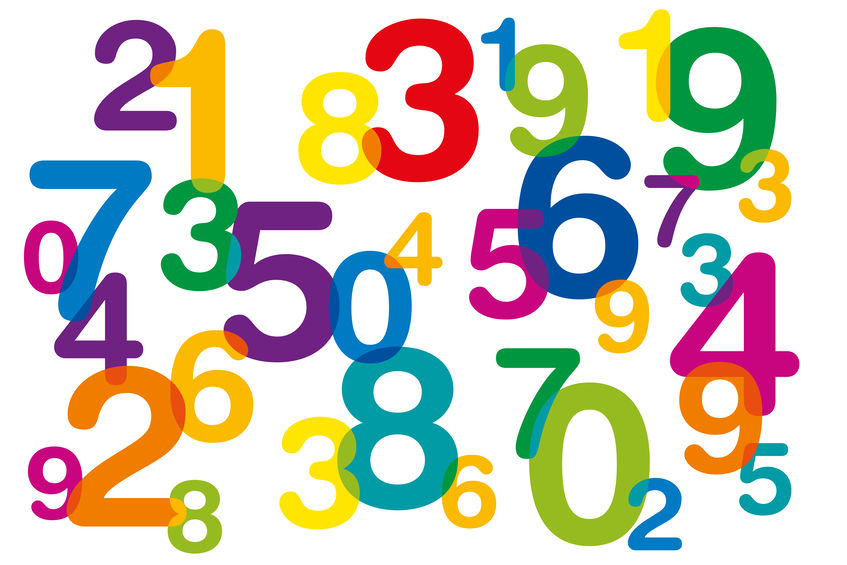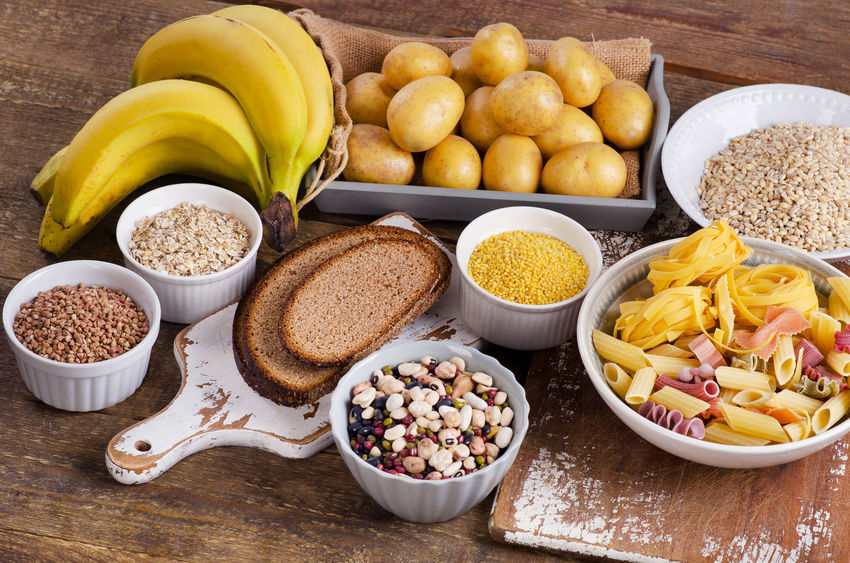Sometimes carb calculations can make you feel like you are the starring role in Good Will Hunting. The numbers on the labels, total carbs versus net carbs, macro ratios, this is enough to put anyone off. At times it can feel a bit overwhelming, but you do not need to be a qualified mathematician to figure out how to count carbs. Once you have done it a few times and understand which carbs you should be counting, it is actually quite simple to keep track of your macros and goals. And the best part of all? You do not need to disclose any private information online or fork out dollars for a caliper and expensive carb counter apps either!
Net Carbs vs Total Carbs: What Is The Difference?
Before diving into the equations, first things first. Understanding the difference between net carbs and total carbs and which you should be counting to keep your ketones firing.
Not all carbohydrates are created equal, each one has a different effect on the body. The body can digest and absorb some carbohydrates while others are completely indigestible.
This is broken down into two categories:
Impact Carbs
Impact carbs have a high score on the glycemic index (GI). The GI determines how quickly a food is digested and how much impact it has on blood sugar levels. The higher the score, the quicker it is digested and the faster insulin and blood sugar levels start to rise. If the digested carbs have not been used for fuel or energy expenditure during physical activities, the surplus is stored as fat – every keto dieter’s nightmare! Foods such as bread, table sugar, rice, and potatoes are all examples of impact carbs.
Low-Impact Carbs
Low-impact carbs have a significantly lower score on the GI. They are digested at a much slower rate and do not cause a rapid spike in insulin and blood sugar levels. Examples of non-impact carbs are fiber sourced from fruits, whole grains, and vegetables as well as sugar alcohols.
The difference between total and net carbs is that the total carb count tallies every single type of carb in a specific food, which includes sugar, fiber, and starch (impact and low-impact carbs). Net carbs, on the other hand, does not include carbs such as fiber or sugar alcohols (low-impact carbs).
Which Type Of Carb Should You Count?
Keto dieters, or anyone on a low-carb diet, should be counting net carbs and not total carbs. The formula is quite simple. All you have to do is deduct the total dietary fiber and sugar alcohols from the total carbohydrates (Net Carbs = Total Carbs – Dietary Fiber – Sugar Alcohols).
You may be wondering why fiber and sugar alcohols are subtracted from the carb count, they are considered to be carbohydrates after all? Well, it all boils down to how the body processes these types of carbs.
Fiber
Dietary fiber has little to no impact on your carb macros because it is indigestible and the body is unable to convert this form of carbohydrate into energy. However, it does not deem this type of carb obsolete. We need fiber to survive. As it passes through our intestines, the undigested fiber acts like a broom, sweeping our intestines clean. Fiber helps to balance blood sugar levels, regulates bowel movements, and can aid with weight loss by curbing hunger.
There are two types of fiber, namely:
- Insoluble fiber
- Soluble fiber
Insoluble fiber does not have any effect on ketosis at all because it does not get absorbed by the body. It passes through the digestive system intact and plays a vital role in bowel health. Nuts, berries, vegetables, and seeds are good sources of insoluble fiber.
Soluble fiber, which is found in foods such as oatmeal, grains, apples, and blueberries helps to slow down digestion and keeps you satiated for longer. Unlike insoluble fiber, soluble fiber ferments in the colon to produce short-chain fatty acids. This process triggers the production of glucose in the intestines, which is referred to as intestinal gluconeogenesis or IGN. While many nutritionists believe that IGN has an effect on blood sugar levels and can potentially kick you out of ketosis, recent research has shown that it improves glucose homeostasis – the balance of glucagon and insulin.
Sugar Alcohols
Sugar alcohols, otherwise known as polyols are difficult for the body to digest. This is why they tend to cause some digestive discomfort when eaten in excess. Sugar alcohols such as erythritol are commonly used as an alternative to refined sugar in most keto-friendly products and recipes. While they may be a healthier alternative to sugar, depending on their glycemic index, some can affect ketosis. When subtracting sugar alcohols from the total carb count it is important to know the difference in GI.
Erythritol has a very low GI therefore, the total grams per serving can be subtracted from total carbs. (Net Carbs = Total Carbs – Dietary Fiber – Erythritol).
Xylitol, maltitol, sorbitol, isomalt, and glycerin have a higher GI score, which means that the total grams per serving should be divided in half and then subtracted from the total carbs.
(Net Carbs = Total Carbs – Dietary Fiber – (Other Sugar Alcohols ÷ 2)).
Calculating Net Carbs
Your head may be spinning from all the information, but once you get down to it, it is pretty simple. Most nutrition labels have worked out the net carbs on your behalf and have stated it on the product already. However, some still only state the total carbs. Using both formulas above, you will be able to work out the net carbs in a few seconds. For example, A product that contains 20 grams of total carbs, 6 grams of fiber, and 2 grams of erythritol gives you a total of 12 grams of net carbs. If for example, the product contains maltitol then the total net carbs would be 13 grams because you divide the sugar alcohols in half.

20 grams of total carbs
– 6 grams dietary fiber
– 2 grams erythritol (if it is any other sugar alcohol, divide the total grams in half first)
______________________
12 grams net carbs
Whole foods are easier to calculate because they do not contain any sugar alcohols. Take a medium avocado, for example, it contains 12 grams of total carbs and 9.2 grams of fiber. The formula would look like this:
12 grams of total carbs
– 9.2 grams of dietary fiber
______________________
2.8 grams net carbs
Since fresh produce does not come with nutrition labels, you can use this handy tool to find all the nutrition values you are looking for.
What About An Online Carb Counter?
There are hundreds of carb counter apps. Some allow you to track your meals and macros throughout the day while others use your personal information such as weight, exercise level, BMI, and fat percentage to work how much carbs, protein, and fat you should be eating to reach your ideal weight. Others allow you to scan barcodes of certain products and work out net carbs for you. Unfortunately, the downside to this is finding an app that meets all your needs without paying for the app or subscription. There are free carb counters available online, however, the functionality is limited.
If you are considering using an app to track your progress, it may take a bit of trial and error to find one that works for you. If you are not too keen on spending money, you can calculate your macros for free using the formula above. It all boils down to what works for your lifestyle. The only way you can tell if your macro ratios are working is to track your progress. If you are shedding pounds then it is working. There are no set rules, everyone is different. You may need to cut some meat out of your diet or you may find that you are eating too few carbs especially when exercising, it’s all about finding a balance that works for your body and lifestyle.

